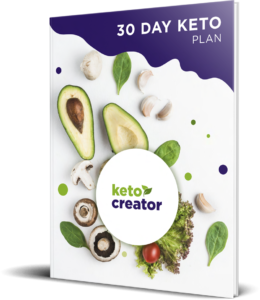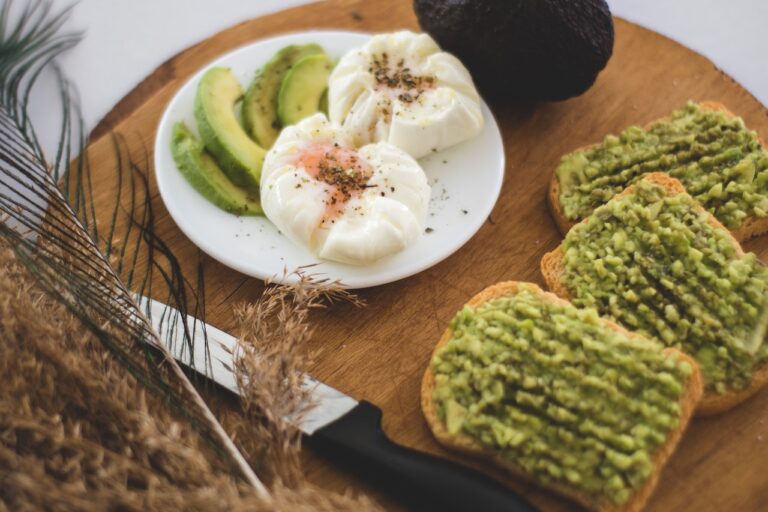The Keto Diet: What You Need to Know & How to Get Started
The Keto diet is a low-carb and high-fat diet with a number of established health benefits. There are a number of studies showing that this diet is beneficial for losing weight and improving health. The ketogenic diet may also help prevent diabetes, cancer, epilepsy, and Alzheimer’s disease.
What Is Keto Diet?
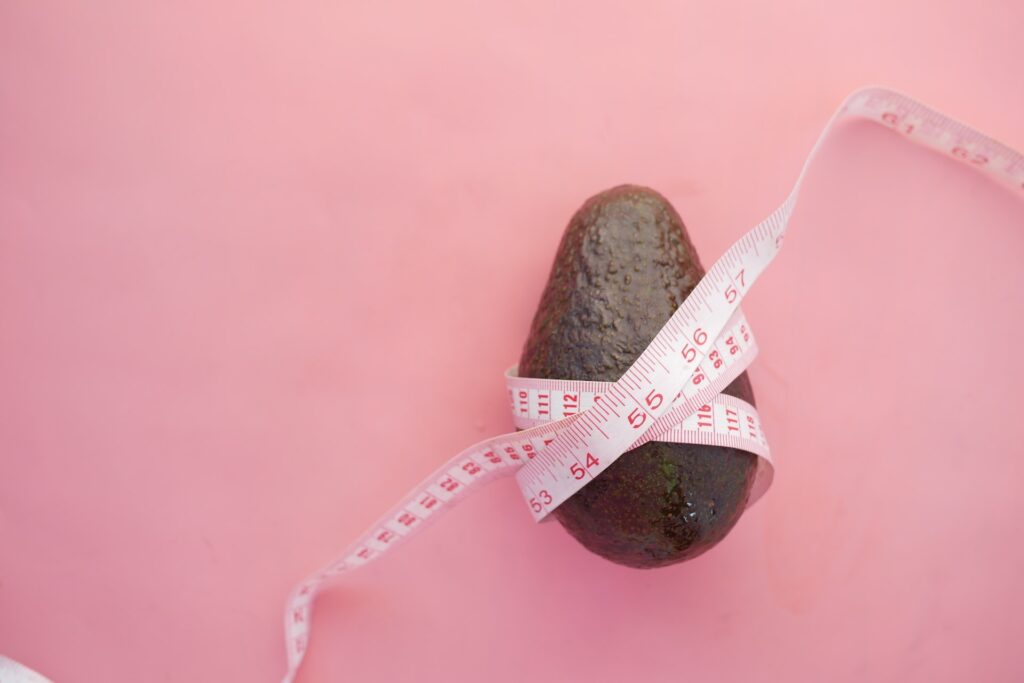

In a ketogenic diet, you reduce your carbohydrate intake drastically and replace it with fat. Upon reducing carbs, your body enters a metabolic state known as ketosis, which allows you to burn fat for energy extremely efficiently. It also provides the brain with energy by converting fat into ketones in the liver.
To start the ketogenic diet, you might have to head to the grocery store to get some high-fat sources of food. You should also consider throwing out high-carb foods to avoid temptation. Read on to find out the details.
Effectiveness of the Keto Diet for Weight Loss & Fat Loss
It is proven that a ketogenic diet reduces disease risks and helps people lose weight. Studies also show that the ketogenic diet may be as effective as a low-fat diet when it comes to weight loss. Also, the diet is so filling that you won’t have to count calories or keep track of your meals.


A 2022 review of several studies showed that low-carb ketogenic diets were more effective than low-fat diets for weight loss over the long term. Compared to those on a low-fat diet, ketogenic diet followers lost 2 pounds (0.9 kg).
Benefits of Keto For Diabetes & Prediabetes
The hallmarks of diabetes include impaired metabolism, high blood sugar levels, and impaired insulin function. Those with type 2 diabetes and at risk of type 2 diabetes seem to benefit from the keto diet when it comes to improving glycemic control. And the Keto diet has also helped people with type 2 diabetes to lose more weight than a low-fat diabetes diet.
Keto Vs. Low-Carb Diet
Technically speaking, the keto diet is a type of low-carb diet. The low-carb diet is just a category of diets rooted in carbohydrate reduction for the main purpose of losing weight. Carb intake is reduced because the body doesn’t get as satiated and digests carbs quicker, which makes a person crave food more.
One other low-carb diet that’s popular is the Atkins diet.


Within the low-carb diet — reducing carbohydrates means replacing them with healthier proteins, fibers (greens), and fats. Since it’s a category of diets, there are no specific guidelines on how much carbs to eat for the low-carb diet — but 50 to 150 grams each day is a good range to keep to. The keto diet, on the other hand, restricts carbs to just 50 grams per day (plus eating a high-fat diet) to achieve ketosis.
Although the low-carb diet is not as restrictive as the Keto diet, it’s also not as effective at burning fat. Yet, in terms of physical appearance after weight loss — the keto diet can help you attain a lean physique, while the low-carb diet can help you build a more muscular physique. Keto focuses on fat loss. The less restrictive low-carb diet has some allowances to build muscle.
Types Of Ketogenic Diets
The keto diet can take many forms, including those in the table below. It is worth noting, however, that only high-protein, standard ketogenic diets have been extensively studied.
| Type of Keto Diet | What is it like | Typical Macronutrient % |
|---|---|---|
| Standard American Diet | This is just the average diet for an American. | 30% fat; 15% protein; 55% carbohydrates |
| Standard Ketogenic Diet | Low-carb, moderate-protein, high-fat diet. | 70% fat; 20% protein; 10% carbohydrates |
| High-protein Keto Diet | Similar to a Standard Keto Diet but adds more protein. | 60% fat; 35% protein; 5% carbohydrates |
| Cyclic Ketogenic Diet | During this diet, high carb replenishment periods are alternated with keto days (e.g. 5 keto days followed by 2 high carb days). | It depends. The cyclical keto diet is a more advanced method used by bodybuilders or athletes. |
| Targeted Keto Diet | As part of this form of the Keto diet, carbs can be added to your workouts. | It depends. The Targeted Keto diet is a more advanced method used by bodybuilders or athletes. |
| Therapeutic Ketogenic Diet | Typically, this form of the ketogenic diet is used for the treatment of epilepsy and cancer. | 90% fat; 5% protein; 5% carbohydrates Not used for weight loss. |
How Long Is It Safe To Be On The Keto Diet? Is the Keto Diet Bad?
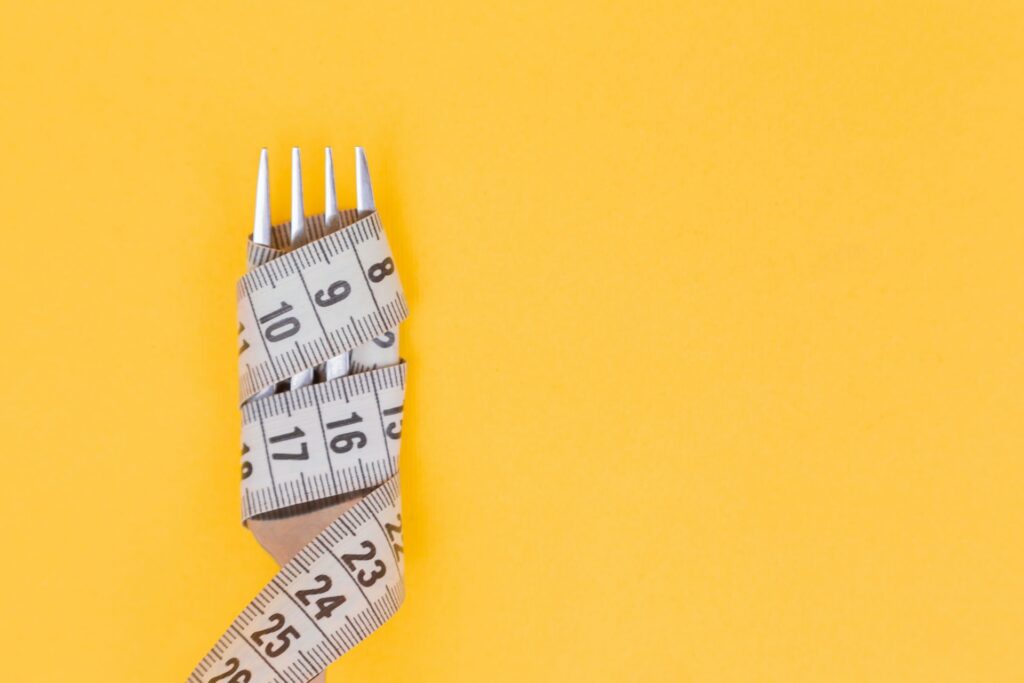

Because the Keto diet is relatively new, there are mostly studies that examine short-term effects (in the range of 2 years).
Common harmless effects & what to do
As your body adapts to the Ketogenic diet, you may experience temporary side effects — termed the “Keto Flu”. Some of these include vomiting, nausea, headaches, exhaustion, dizziness, insomnia, challenges in exercise tolerance and constipation. However, they usually subside within a few days to a few weeks and it’s often nothing to worry about.
To reduce the effects, make sure you drink a lot of water and consume drinks with electrolytes (e.g. milk, Gatorade, coconut water, etc.) to counter the symptoms. Before going on Keto and cutting carbs significantly, you can also go on a low-carb diet for a few weeks to familiarize your body with burning fat.
Warning for those with health conditions


If you’re diabetic or have some form of health issue, please consult your doctor. Keto is also not safe for people with pancreatic, liver, thyroid, or gallbladder diseases.
Limit How Long You’re On The Keto Diet
Also, do not sustain your Keto diet beyond 6 to 12 months.
Over long periods, the ketogenic diet may cause low blood pressure, kidney stones, constipation, and nutritional deficiencies, as well as increase your risk of heart disease. Diets like Keto could also increase social isolation or cause eating disorders in people who are susceptible to it.
No Need to Restrict Calories
At least at first, you should eat your fill and avoid restricting calories too severely. It is common for a keto diet to result in weight loss without calorie restriction.
How To Get Started in Keto


Before you start the Keto Diet — make sure to speak to your doctor or nutritionist. This is really important if you have dietary restrictions, like being vegan or vegetarian, or if you’re allergic to certain food ingredients.
To keep it simple, let’s establish just three rules:
- Cut carbs out of your diet — no potatoes, rice, pasta, bread, or sugar; or reduce them
- There’s no restriction on fish, meat, eggs, berries and low-carb vegetables. Likewise, high-fat dairy (cream and butter) and other high-fat healthy foods (nuts, seeds, avocado). Feel free to use healthy oils like coconut oil, sesame oil, and olive oil. In general, saturated fat, and all other fat are allowed. But, pick healthier fats where you can.
- When planning your meals, add lots of fatty meats and oily proteins.
Doing so forces your body into a state known as ketosis, which can trigger alleviated rates of fat burn.
For results, you have to be on the Keto diet for at least 2 to 3 weeks. And, for safety, you should not go beyond 6 to 12 months.
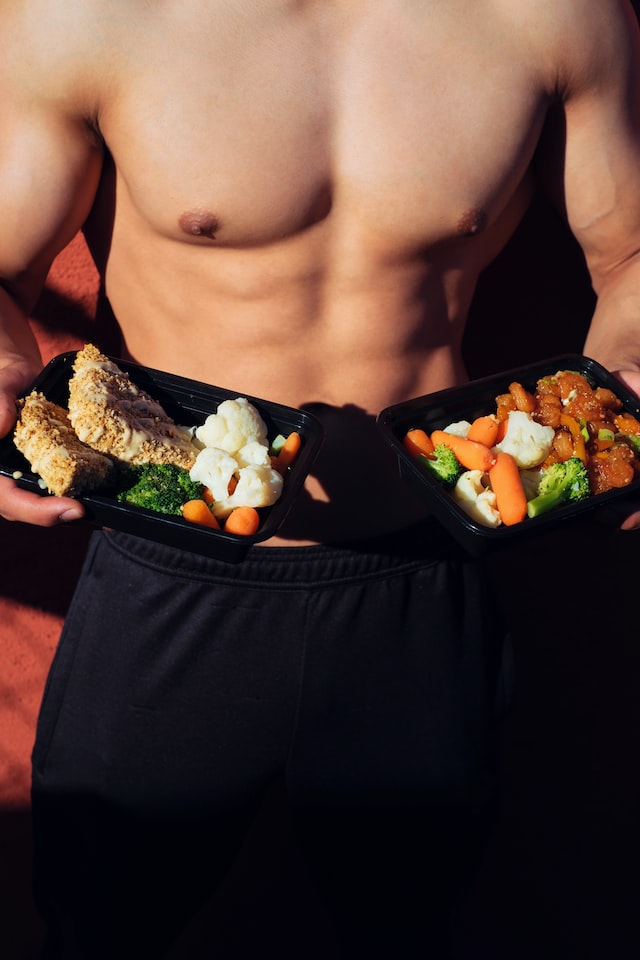

That said, staying on the ketogenic diet may be your biggest challenge. There is no such thing as a keto “cheat meal”. Falling off the wagon will result in your body coming out of ketosis, and you’ll have to start over again.
If you’d like quicker results in fat loss, combine the Keto diet with intermittent fasting — fast for around 16 hours each day (and eat only between 10 am to 6 pm). Feel free to adjust the fasting timings to make it convenient for your schedule.
What To Eat
You should focus on eating these foods for most of your meals. Your diet should also primarily consist of whole, single-ingredient foods.
- Meat: chicken, beef (incl. steak), pork, lamb, venison and turkey; don’t forget ham, sausage, and bacon in moderation as they are processed meats.
- Fatty fish: mackerel, salmon, trout, and tuna
- Eggs & dairy: whole eggs, butter, cream, and unprocessed cheeses (e.g. mozzarella, goat cheese and cheddar)
- Nuts & seeds: almonds, walnuts, pumpkin seeds, flax seeds, chia seeds, etc.
- Healthy oils: avocado oil, coconut oil and olive oil
- Avocado: whole avocados or freshly made guacamole
- Low-carb vegetables: green vegetables, tomatoes, onions, peppers, etc.
- Seasonings: salt, pepper, herbs and spices
Ketogenic Diets Tips And Tricks
You can use several tips and tricks to make starting the ketogenic diet easier.


- Check food labels for macronutrients (grams of fat, carbohydrates, and fiber) to pick foods for your meals. And get used to it.
- Prepare your meals in advance to save you time and money.
- Take a look at our Keto recipes and our recommended customised program. Try the quiz to calculate your macronutrients.
- Keto-friendly meal delivery services are also available for easy and affordable home keto meals.
- When you’re pressed for time, look for healthy frozen keto meals
- Bring your food when you attend events or hang out with family and friends. By doing this, you will be able to curb cravings and stay on track.
The Bottom Line
When you follow a ketogenic diet, you consume too few carbohydrates to meet your body’s energy needs. As a result, your body burns your fat stores to fuel your energy. As your body burns fat, ketones are produced in your liver. As a result, the body enters a state of ketosis.
Your body will reach ketosis in about four days if you strictly follow the ketogenic diet. The first week will also likely result in several pounds of weight loss.
Talk to your doctor if you have concerns. For your own customized Keto plan, complete this quiz.
Get your Customised Keto Diet Plan & lose fat
Reach your goal weight in 30 days. Includes fast-food menu options for days you don’t want to cook.
